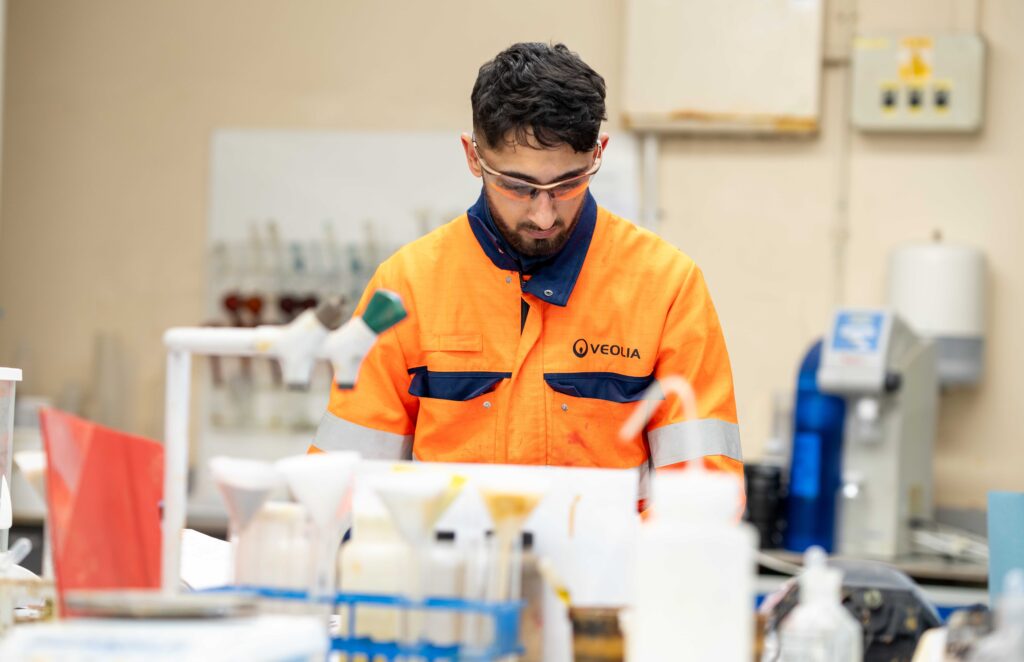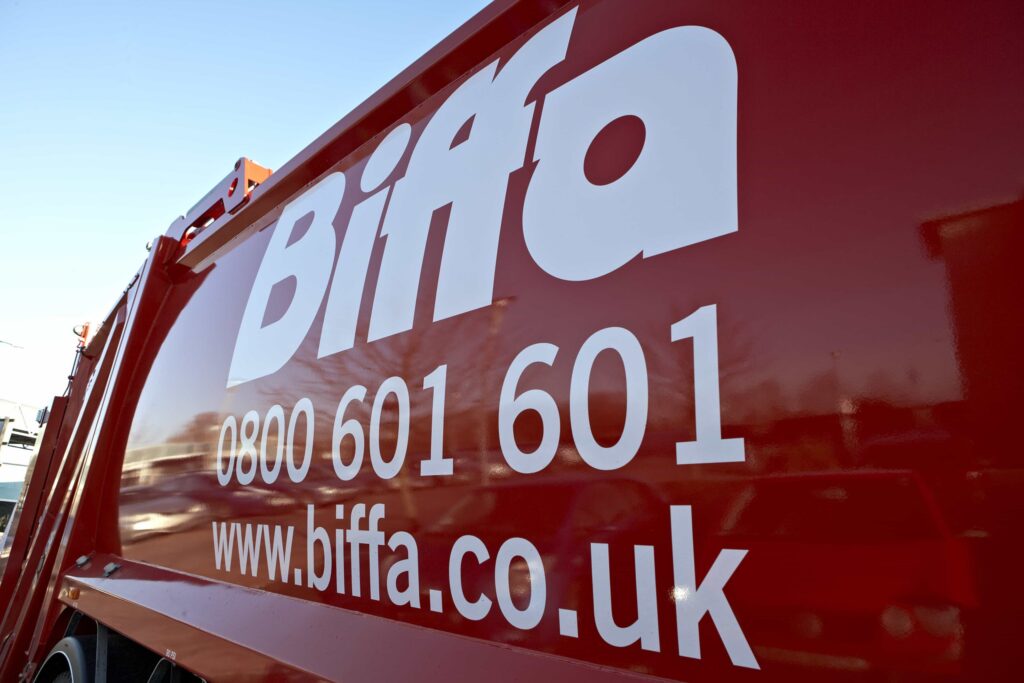The processing facility in Ling Hall, which will be run in partnership with Meldgaard Recycling and Levenseat, will process IBA from Veolia’s Battlefield energy recovery plant in Shrewsbury.
Veolia said the move would help the construction industry “increase the supply of material that can be used to replace the virgin aggregates currently used as hardcore for sub-base in the foundation for roads and concrete structures”.
It is hoping to supply around 50,000 tonnes of material per year. This material will be derived from the treatment of non-recyclable black bag waste.
Construction
Veolia explained that the construction sector in the UK is a significant consumer of “non-renewable materials”, and the increased utilisation of IBA presents an “opportunity” for the industry to adopt a more circular approach and align with the UK government’s 2050 net-zero emissions target.
Donald Macphail, chief operating officer for treatment at Veolia, said “As construction significantly contributes to the nation’s carbon emissions, it is crucial to provide materials and solutions that promote sustainability and reduce environmental impact.
“Through our new facility, which processes bottom ash from non-recyclable waste, we aim to supply essential secondary aggregates and recover metals that would otherwise go to waste. This will reduce the reliance on virgin resources, minimise environmental impact, and decrease carbon emissions.”
Facility
Veolia’s new facility is equipped with processing systems designed to convert IBA into secondary aggregates essential for various construction projects. To ensure safety, the IBA undergoes sampling methods to identify any hazardous materials.
Subsequently, the material is processed through a series of magnetic separation devices, including overband magnets and eddy current separators, to extract the metals. The resulting output is then graded for its suitability in construction applications.










Subscribe for free